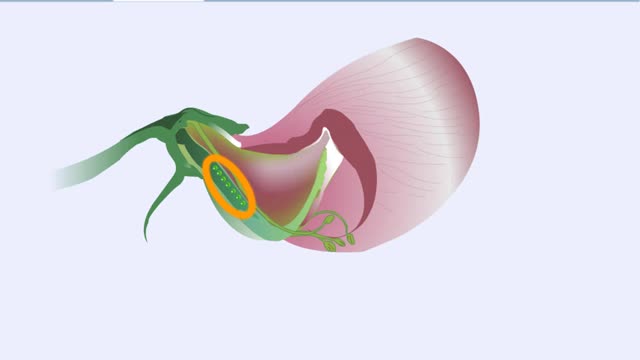Search Results
Results for: 'sugar phosphate bond'
Energy Flow - Trophic Levels and Food
By: HWC, Views: 10160
All of these relationships between different species are founded on one thing: energy. Organisms get food in order to get energy, which is used by the organism for growth, maintaining health, and reproduction. We can classify the members of a community according to how they obtain food. Produc...
Glucose anabolism reactions: Glycogenolysis and Gluconeogenesis
By: HWC, Views: 10867
• Glucose not needed immediately is stored as glycogen. The process that creates it is glycogenesis. • When ATP is needed for body activities, stored glycogen is broken down by a process called glycogenolysis. • Glucose can be formed through two different anabolic reactions: • Glycog...
Protein Secondary and Tertiary Structures - Animation
By: HWC, Views: 6719
Amino acid sequence dictates a protein's final shape. The presence of certain amino acids favors a pattern of hydrogen bonding that causes part of the polypeptide chain to coil and twist into an alpha helix. The presence of other amino acids enables hydrogen bonding between strand like r...
Protein catabolism (Krebs cycle) and Protein anabolism (protein synthesis)
By: HWC, Views: 11035
• Deaminated acids are brought into the Krebs cycle to be oxidized to CO2 and H2O. • Before entering the Krebs cycle, the deaminated acids are converted into intermediate products (pyruvic acid, acetyl coenzyme A, carbonic acids). • In the Krebs cycle, amino acids are oxidized to form r...
Lipid catabolism ( ketogenesis and oxidation of glycerol) and Lipid anabolism (lipogenesis)
By: HWC, Views: 10854
• During excessive beta oxidation, the two-carbon fatty acid fragments are converted into acidic ketone bodies. • Ketosis, the overproduction of ketone bodies, can lead to acidosis (ketoacidosis) of the blood. • After lipolysis, glycerol is converted to pyruvic acid. • Pyruvic aci...
By: HWC, Views: 9950
Sugar snap peas were common garden plants during Mendel's lifetime and many varieties undoubtedly grew in the abbey gardens. An avid gardener. this is where Mendel first made observations about pea plants. He noticed that certain characteristics of peas were passed from generation to generation. ...
Types of Transport - Uniport, Antiport and Symport (Glucose and Na+K+ Transporters)
By: HWC, Views: 10212
Some transport proteins bind and transport molecules very selectively. Uniport is the transport of one solute molecule. Symport is the transports of two solute molecules in the same direction. Antiport is the transports of two solute molecules in opposite directions. 1. Glucose bin...
What are Taste Receptors? How Does it Work? Animation
By: HWC, Views: 7425
Do you ever wonder how you can taste the foods you eat? It all starts with taste receptors in your muscular tongue. Taste receptor neurons are found in your taste buds but you are not looking at the taste buds. The raised bumps on the surface of the tongue that you see are specialized epith...
Brief Summary on Photosynthesis - Animation
By: HWC, Views: 9537
Can increase its weight by 150 pounds as it grows. Where does the new tissue come from? From the soil? From water? Or possibly from the air? The amazing truth is that new material. comes from an invisible gas in the air. In the process of photosynthesis, plants capture carbon dioxide ga...
Advertisement











